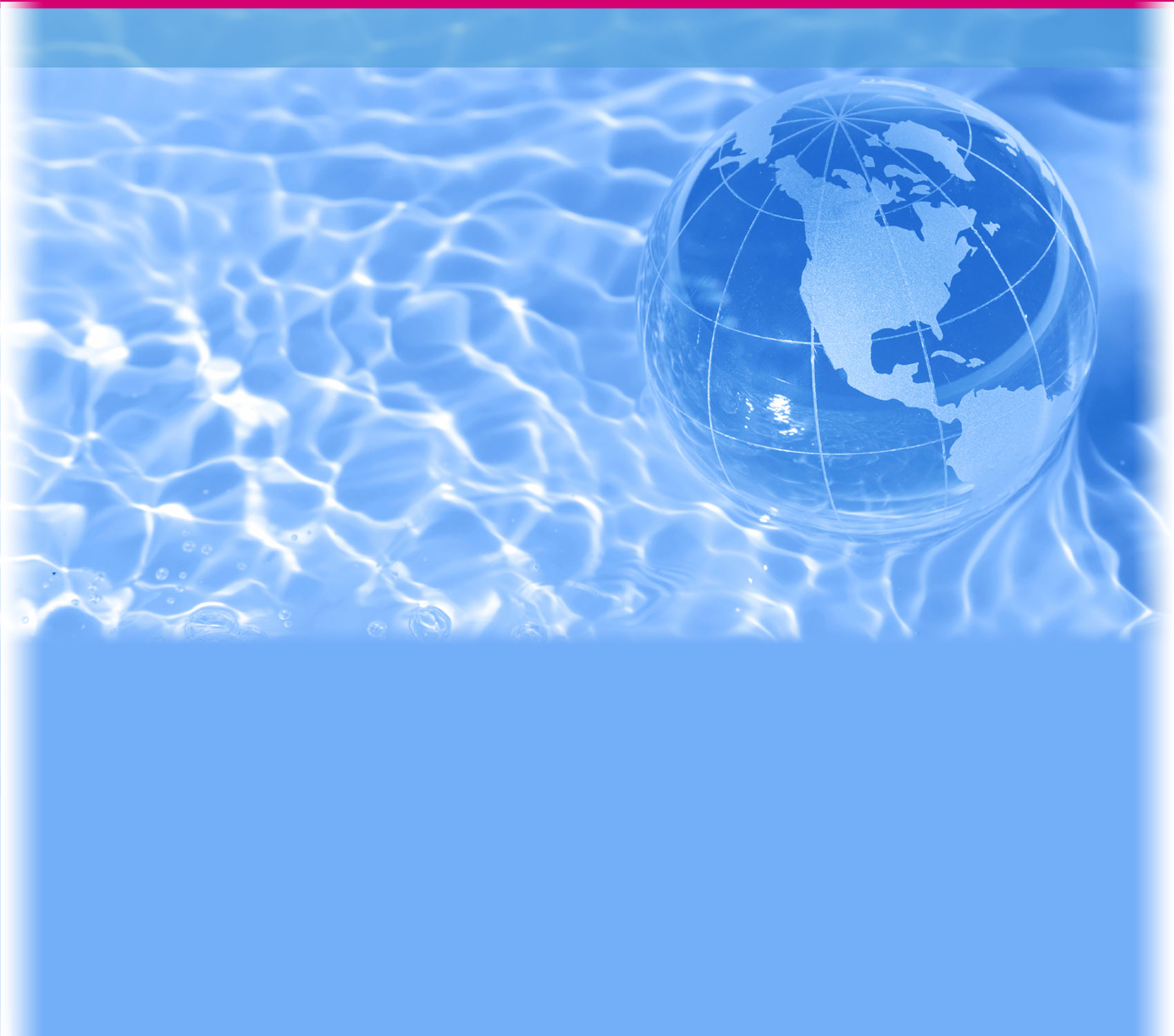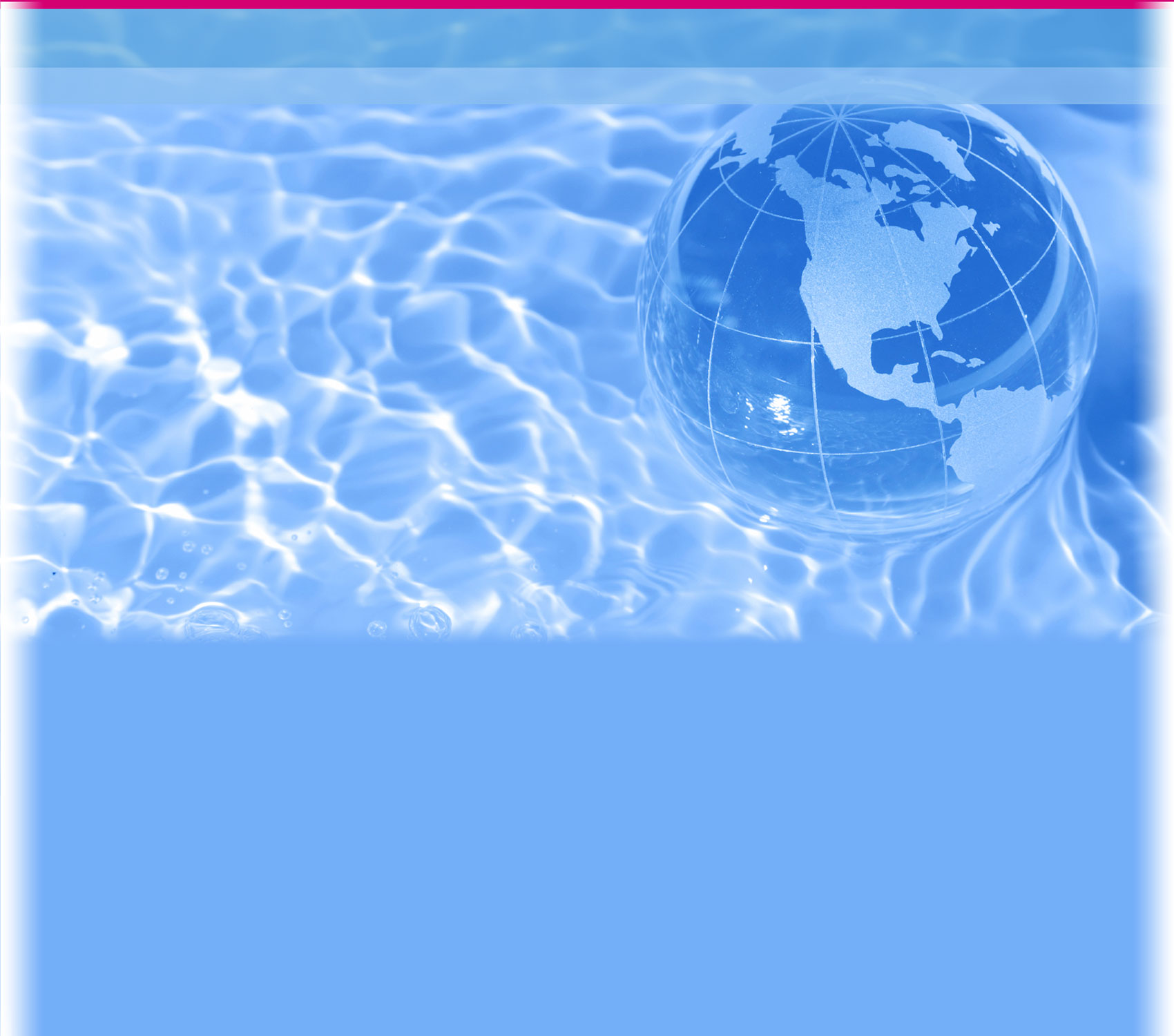Teacher Notes
Phase 2 - Consider Constraints and Explore Possibilities
(1 hour)
> Print/View All Notes
In this activity, students will begin brainstorming ideas for their water purification systems. Before beginning, have students turn to pages 6-8 of their Engineering Portfolios. Assist students as they explore different possibilities. There will likely be much debate as they weigh the approach they wish to use to purify their water sample.
If students wish to use filtration, this can be done fairly easily on desktops or in a lab setting. Provide students with a "dirty" water sample and allow them to choose from the variety of materials available to them to create their filtration system. Many teachers have reported success using two-liter soda bottles as filtration devices: students can cut their bottle in half, flip the top half up-side down, and place it back inside the bottom half, layering filter materials in the now-inverted top half. (For more details, see the suggested links at the bottom of the Background Information page.)
Distillation requires slightly more planning and equipment. Students could create a very simple solar still using a bowl, plastic wrap and stone—but you will need access to the outdoors and at least an hour for this to work. Indoors, a simple still could be made with a heat source, cooking pot with lid, ice and smaller heatproof container to collect the distilled water. (See the suggested links on the Background Information page for more details.)
If both distillation and filtration are feasible in your classroom, encourage students to consider both of these solutions. If distillation is not feasible in your classroom, steer students toward a filtration solution.
Finally, in order to help students select the best approach for their water purification system, let them know which contaminants will be in the "contaminated" water sample that you will provide. Consider using oil, used coffee grounds, garlic powder and salt or food coloring to make your contaminated water. Supply each group with at least one 2-liter bottle of contaminated water per trial. Distillation will remove all of the contaminants. Only activated charcoal will remove the garlic odor and/or the food coloring if the students are using a filtration solution. Filtration will not remove the salt.
Standards Addressed:
HS-ETS1-1,
SL4,
RST 9-10.1,
RST 9-10.2,
RST 9-10.5,
RST 9-10.7,
RST 9-10.8,
RST 9-10.9,
WHST.9-10.7,
WHST.9-10.8,
WHST.9-10.9,
SSOP5
![]()


